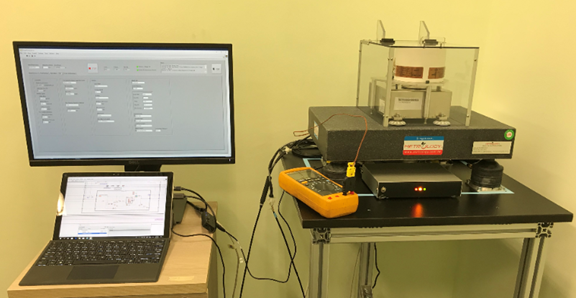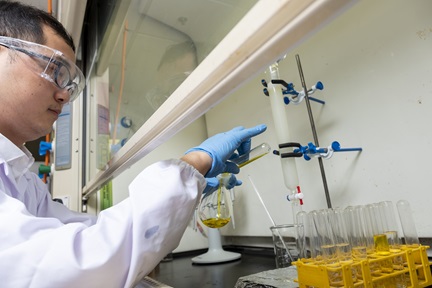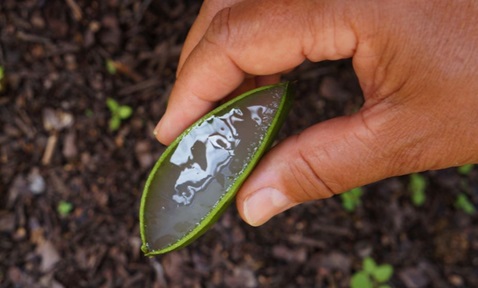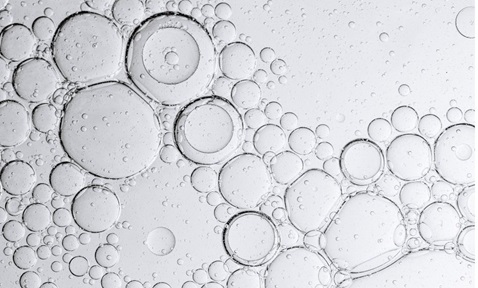
Method and Arrangement for Determining at Least One Pore-Related Parameter of a Porous Structure
Synopsis
Evapoporometry (EP) assesses porosity, pore size, pore-size distribution (PSD), and internal fouling in various membrane types (flat-sheet, hollow fibre, tubular). It measures evaporative mass loss from pre-saturated membranes using a wetting volatile liquid.
Opportunity
The market for Liquid Displacement Porometers (LDP) is substantial—with an estimated 10,000 units currently in use worldwide. Each LDP costs approximately S$100,000, indicating a market potential of around S$1 billion. A high-resolution EP instrument, capturing just 10% of this market, could be worth a significant S$100 million.
Technology
This technology involves an apparatus and method for determining the porosity, pore size, PSD and internal pore fouling across all membrane types, including flat-sheet, hollow fibre and tubular membranes (including lumen side or outer wall). EP measures the evaporative mass loss from membranes pre-saturated with a wetting volatile liquid. The vapour pressure of the liquid is reduced due to surface curvature at the air-liquid interface within the pores, enabling accurate PSD measurement.

Figure 1: Apparatus and method for determining various parameters of a porous structure.
Applications & Advantages
- Straightforward analysis protocol based on evaporation at ambient conditions
- Wider pore size range from 5 – 360 nm
- High degree of accuracy
- No calibration needed
- Cost-effective instrument—35% less expensive than LDP
| NTU Technology: Evapoporometry (EP) | Competitor: Liquid Displacement Porometry (LDP) | |
| Operating Pressure | Ambient | As high as 35 bar |
| Potential membrane damage | No | Yes |
| Use for membrane autopsies | Yes | No |
| Smallest pore measurable | 4 nm | 14 nm |
| Characterise hollow fibre with internal active layer | Yes | No |



.tmb-listing.jpg?Culture=en&sfvrsn=b5366f51_1)











